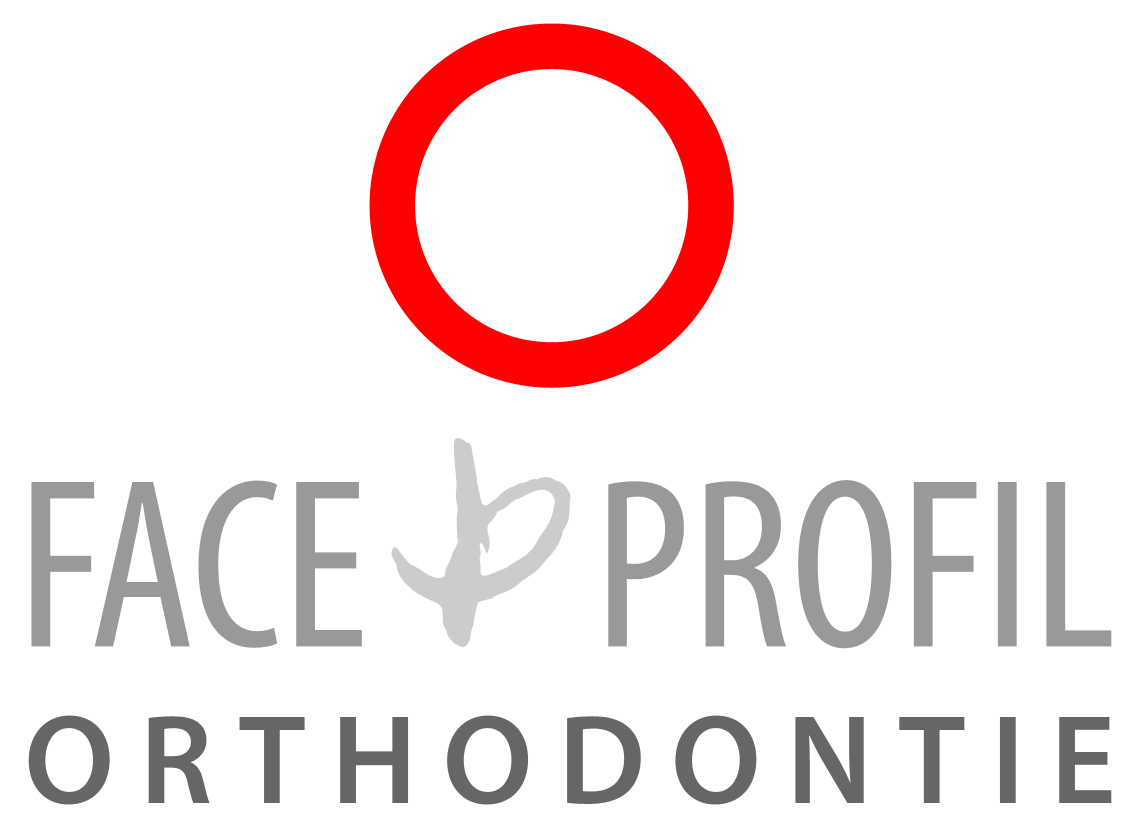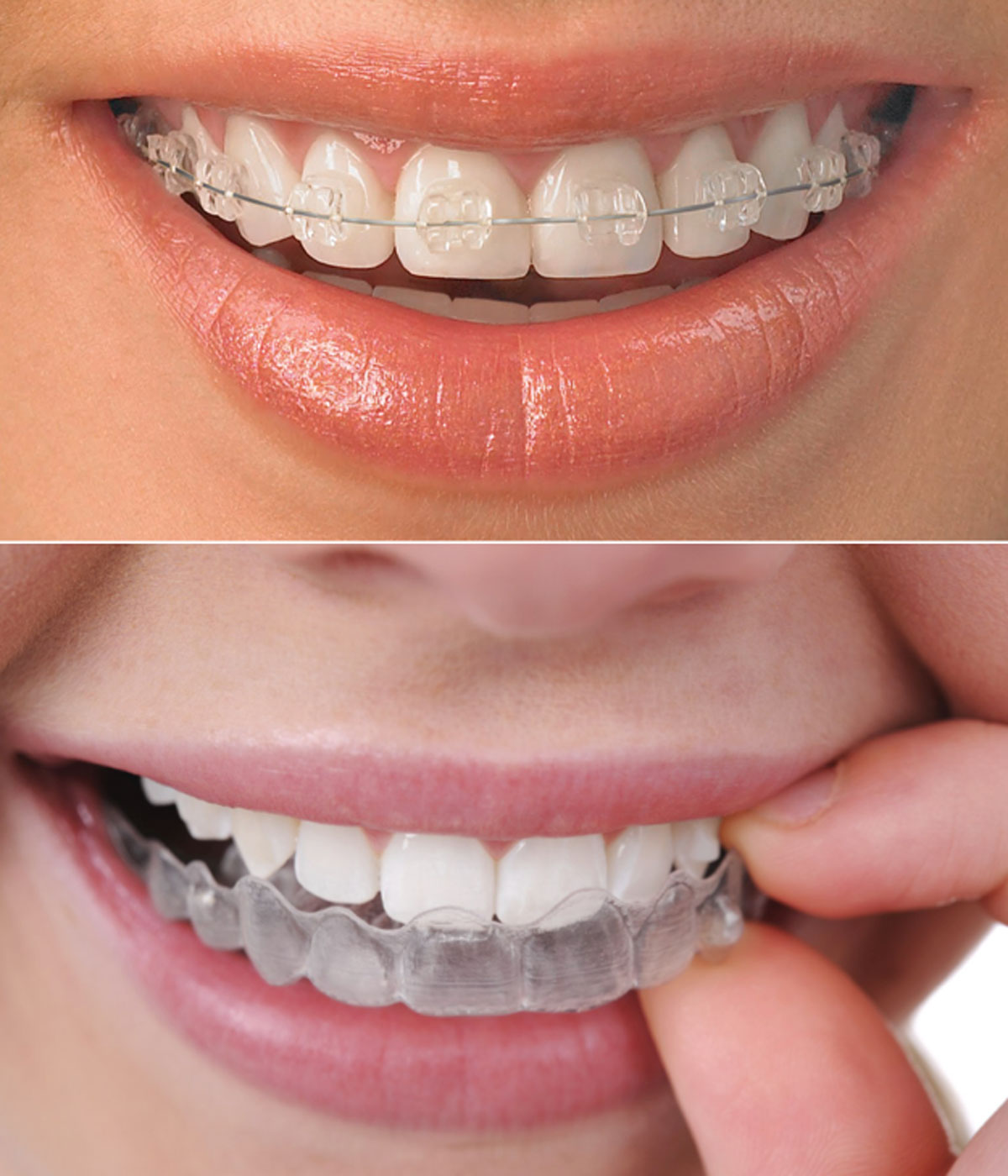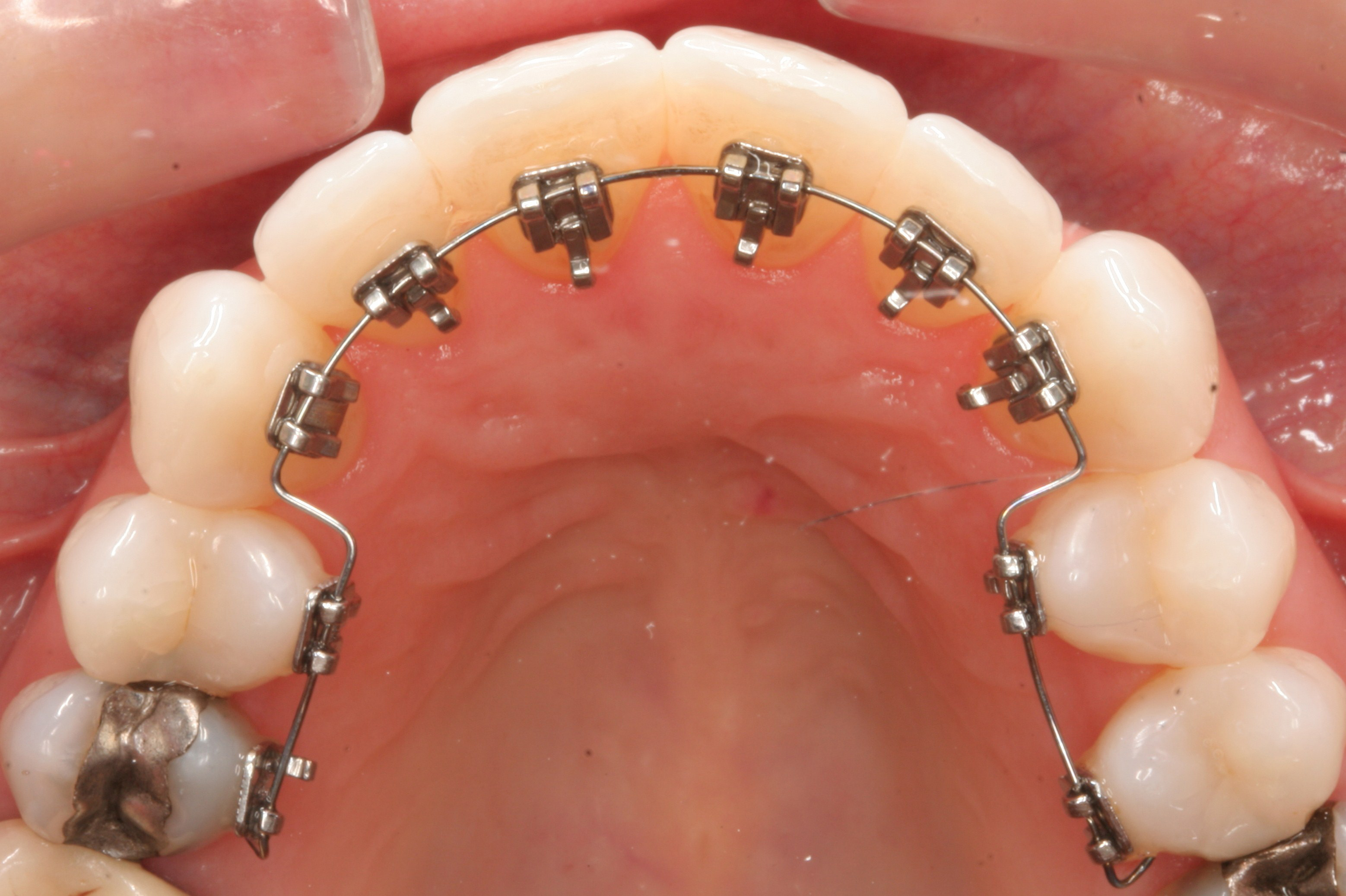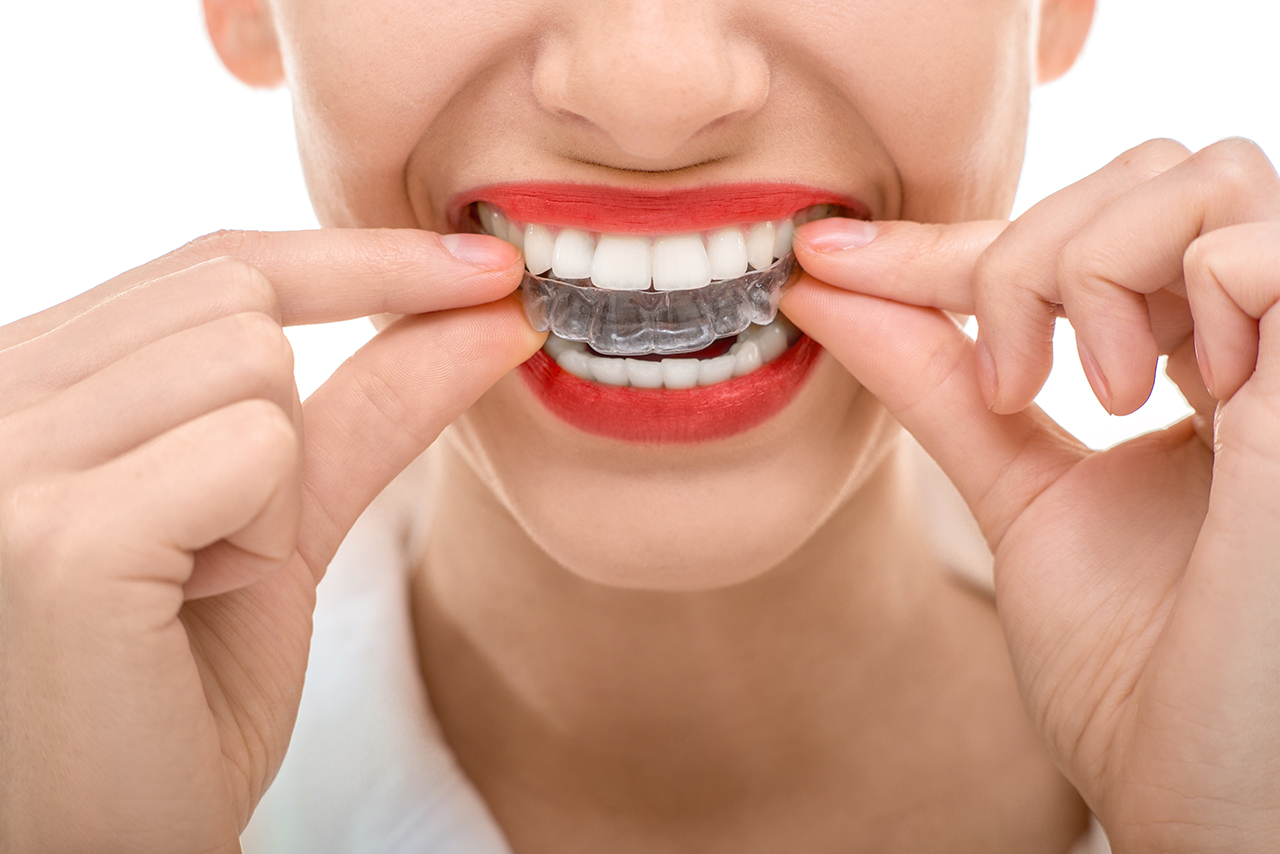
1010, rue de la Lavatère
Laval (Québec) H7X 0C5
Orthodontic Appliances

Removable or fixed?Orthodontic appliances are either fixed (glued to teeth) or removable (can be removed at certain times of the day). |
|

|
|
Fixed appliances (traditional braces):Standard braces apply gentle, constant, and carefully controlled directive force in order to gradually move your teeth into the desired position. They are made of metal, ceramic or plastic.
Benefits of braces
Disadvantages
|

Braces can be installed on different types of bracketsMetal bracketsBenefits:
Disadvantages:
|
|

|
|
Ceramic bracketsTransparent braces employ the same mechanical principles as regular braces. The difference is mainly aesthetic. We offer the Clarity™ system, which combines a translucent apparatus and a very recent technology that effectively shortens treatment time while offering a much more discreet option to traditional metal brackets. Benefits:
Disadvantages:
Note: To reduce the treatment cost, you can choose to have ceramic brackets on the upper teeth (visible teeth) only. |

Another type of fixed appliance: Lingual bracesBrackets are placed behind the teeth (by the tongue and palate), rather than in front and are connected by an archwire. It takes 1 to 6 weeks to get used to the device. Benefits:
Disadvantages
|
|

|
|
Invisalign®, clear plastic removable alignersComfortable and extremely discreet, Invisalign can be used to treat a range of mild to moderate clinical issues. It consists of a series of removable aligners that are changed every two weeks. Little by little, from one week and one aligner to the next, your teeth gradually shift until they reach the desired position. The comfort and near invisibility of this system make it a prized and highly appreciated treatment. Benefits:
What you should know about Invisalign:
|
